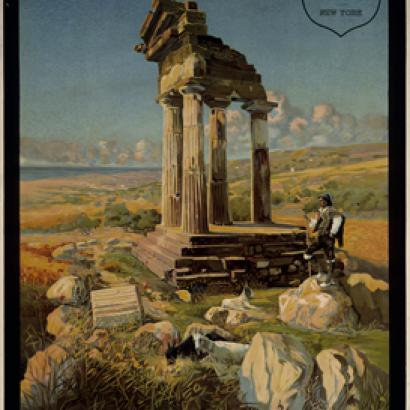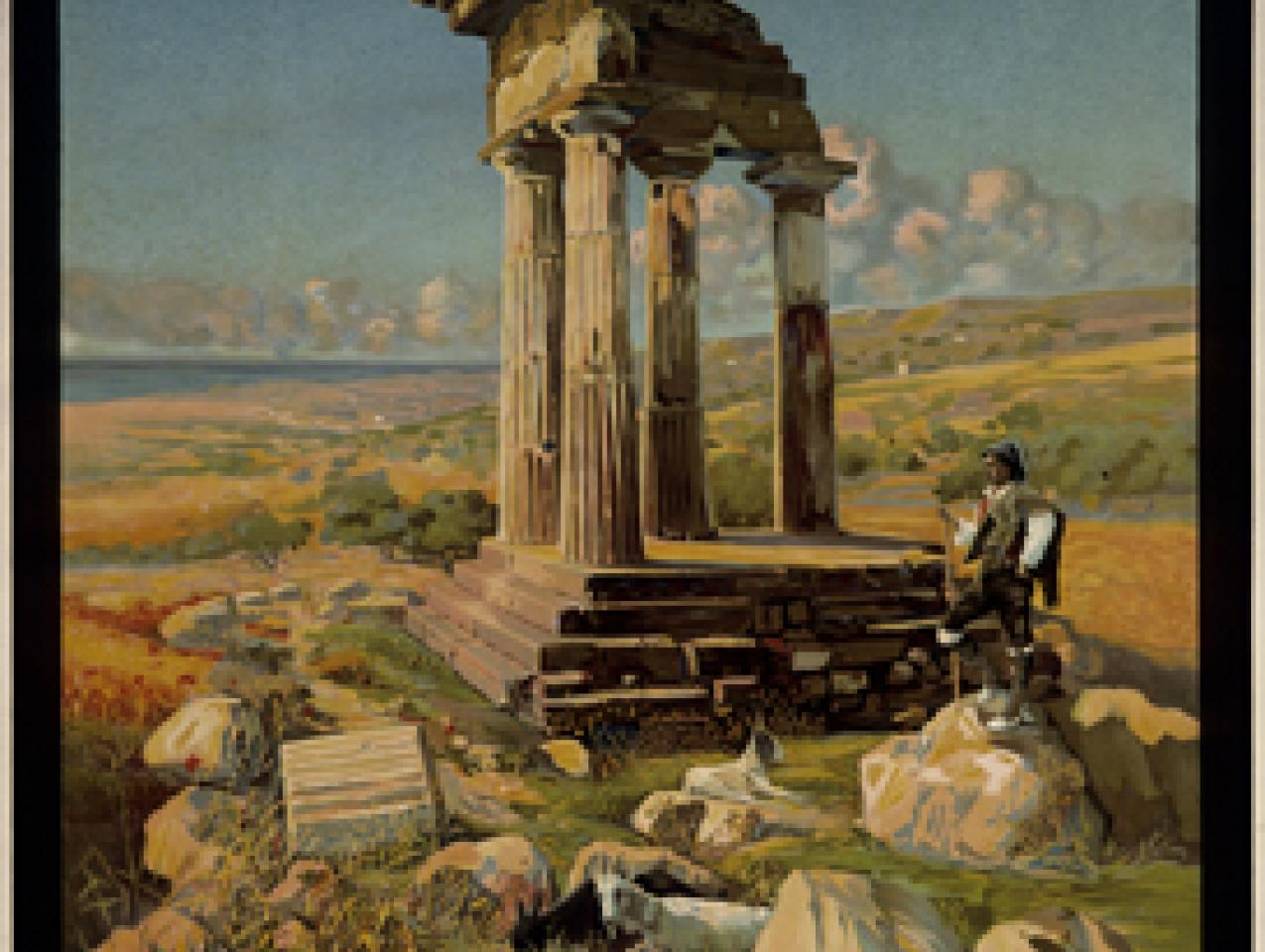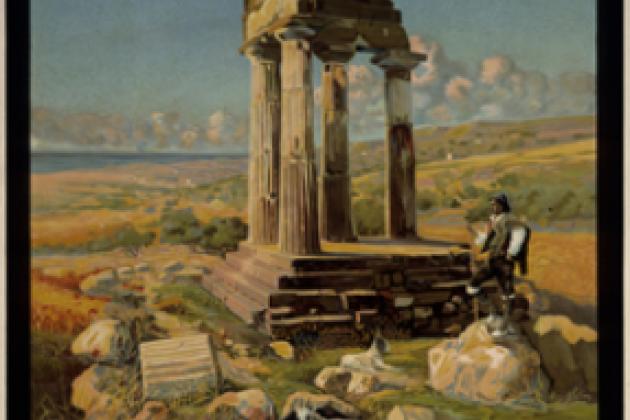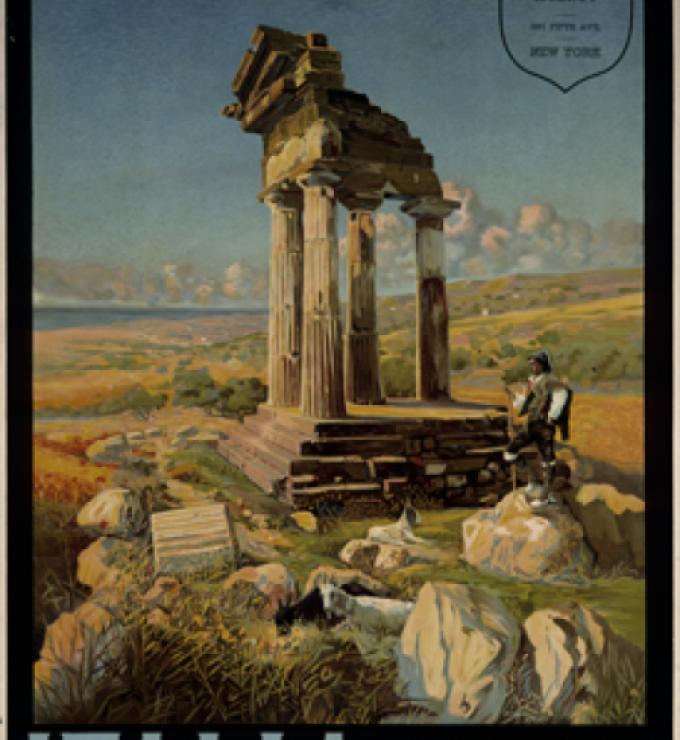- Security & Defense
- Terrorism
- History
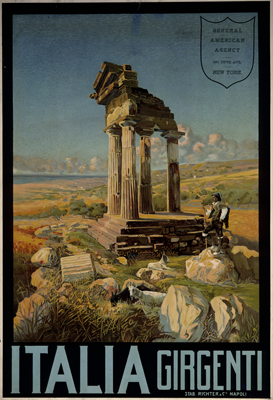
The destruction of Iraqi and Syrian archaeological treasures by ISIS appalls the entire civilized world, and rightly so. Yet what we call cultural vandalism, ISIS calls tearing down idols, the symbols of an unholy, pagan past. And idol smashing has a logic all its own. History shows that there is something particularly liberating about such destruction, as if it releases a burst of energy. Nor does history have any lack of examples, for idol smashing is an old story.
Begin with the Patriarch Abraham shattering idols in his father’s shop in ancient Mesopotamia. Continue with the battered busts of Roman emperors that are nowadays fished out of the Tiber, signs of the fury of the men who deposed them and tossed their images into the water. Then there were the Byzantine iconoclasts who destroyed painted panels of the saints with gusto, or the English Reformers who looted the monasteries and their tombs and relics, or the French Revolutionaries who smashed stained glass windows.
Take a case closer to home. In July 1776 in New York City, after hearing the Declaration of Independence read, members of the Sons of Liberty as well as soldiers and sailors tore down the gilded lead equestrian statue of King George III. Actually that was merely a last act of the drama. Earlier they destroyed royal coats of arms all over the city as well as a portrait of the king in the Council Chamber.
In modern times Russian revolutionaries ransacked churches, Nazis burned books, and the post-1989 revolutionaries tore down statues of Communist leaders.
The forces of order often try to put things back together again in various cases but revolutionary ardor is hard to extinguish. In fact, such attempts often only make things worse. In Revolutionary New York, for example, royal troops managed to steal back the severed head of the king’s statue but then they sent it home to England, which did not exactly bespeak confidence in their staying power in the Colonies.
Or take an earlier example. After Julius Caesar defeated Pompey in Rome’s Civil War, Caesar’s partisans tore down Pompey’s statue. Caesar later had Pompey’s statue restored, as if that would put Rome back together again. But Caesar’s angry supporters thought it symbolized the various ways in which he favored his former opponents at their expense. Small wonder that, as one ancient source says, the assassins who stabbed Caesar to death on the Ides of March (March 15, 44 BC) included more of his friends than his enemies.
The truth is, there is no sure way to stop the idol smashers without military force. But although nations are willing to go to war for many reasons, saving the world’s cultural heritage is not among them. War for archaeology? If we are not willing to fight ISIS when it beheads our citizens we certainly won’t fight it when it destroys statues.
For now, the civilized world will have to swallow the bitter pill of ISIS’s vandalism. ISIS is putting some objects for sale and we can only hope that they are saved and eventually restored to the public.
In the meantime we need to remember these acts of vandalism as symbols of the far more brutal and dangerous forces that are afoot.







